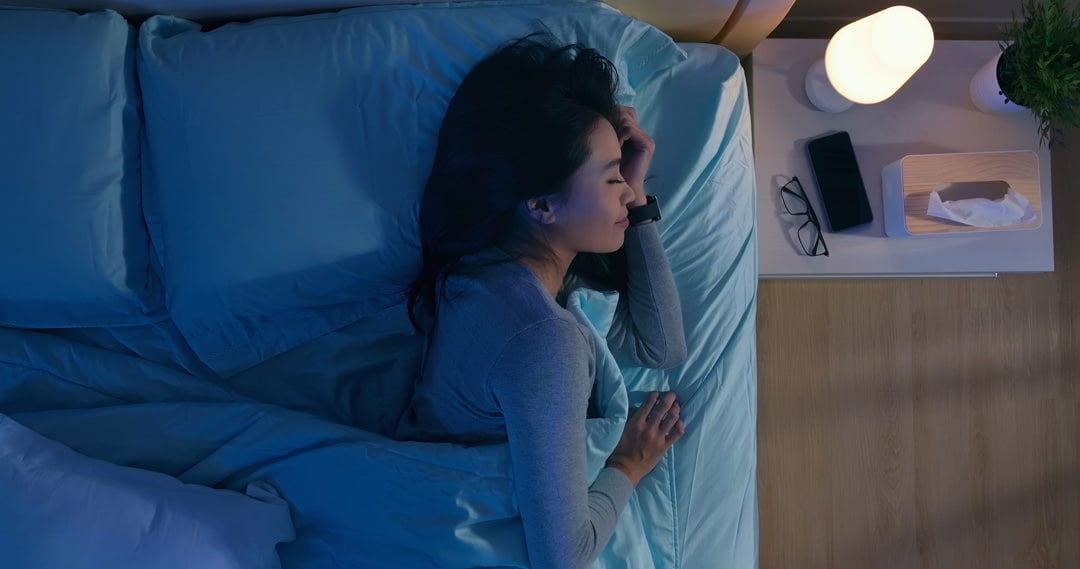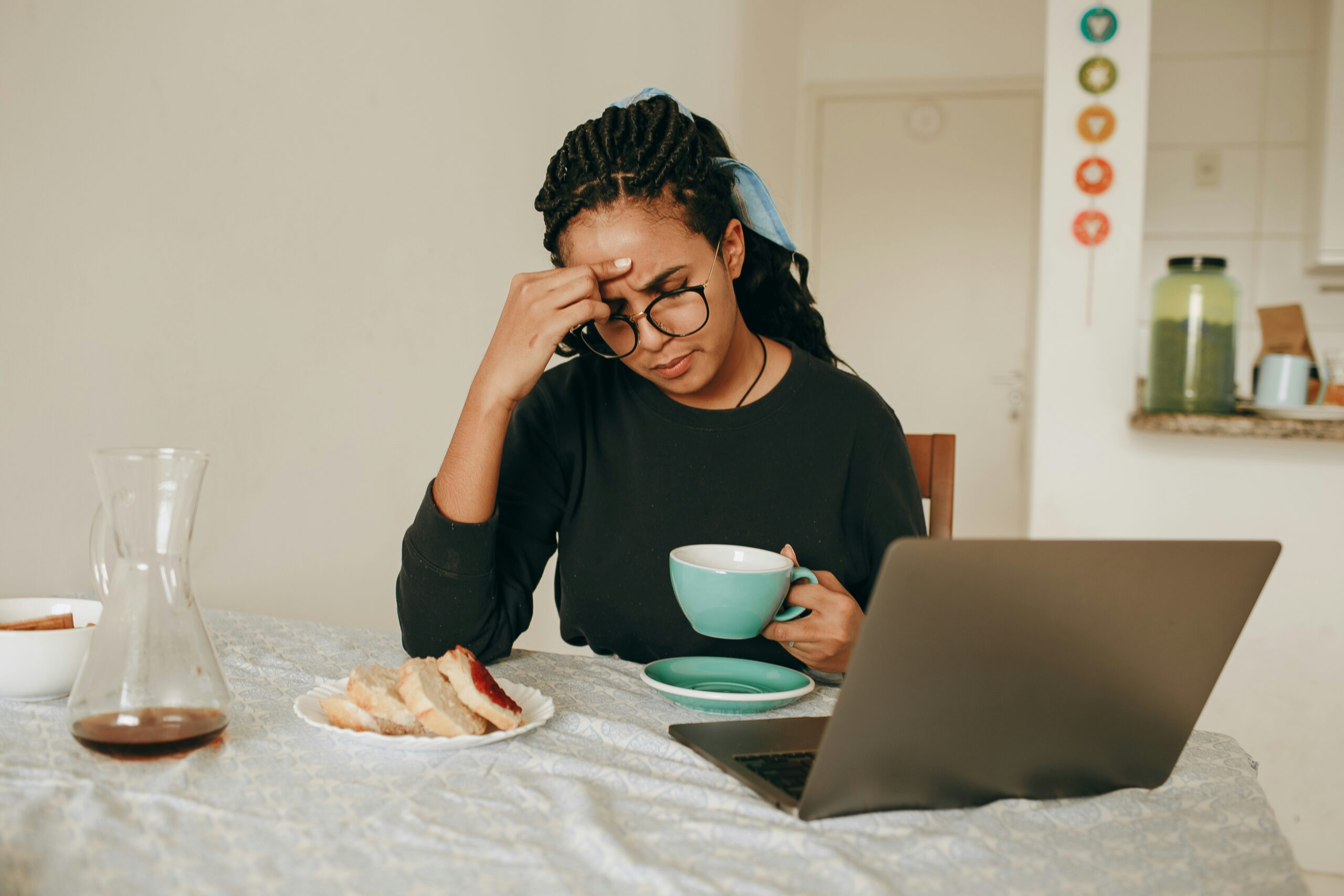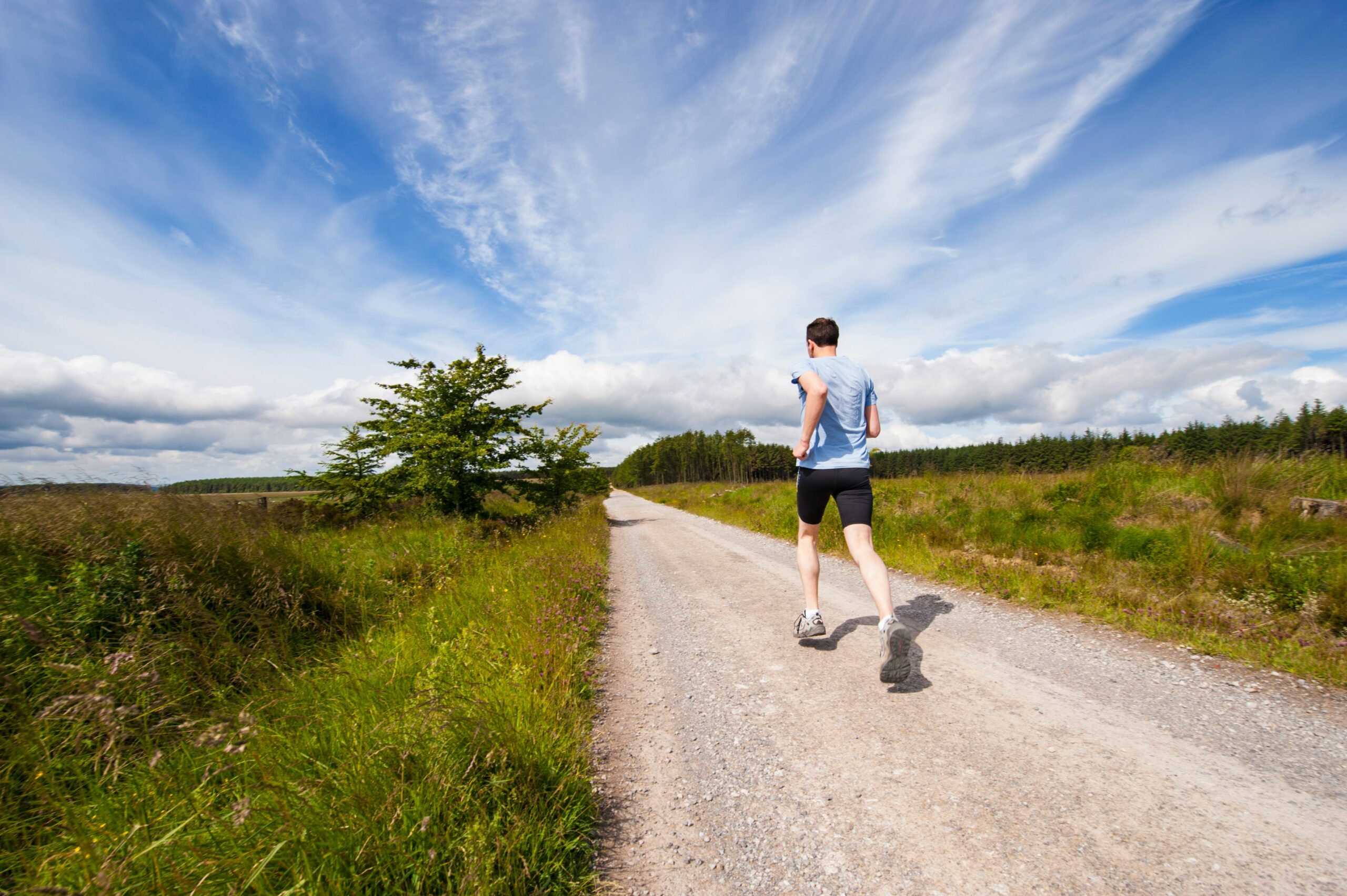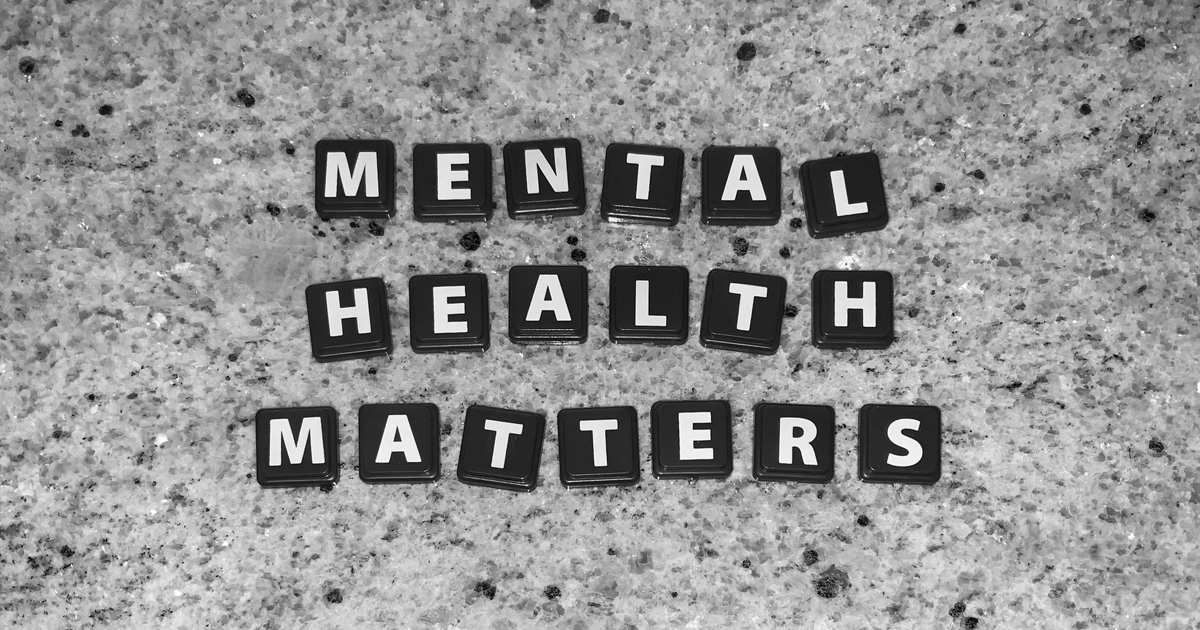
Optimizing Your Sleep Environment – Black Out Challenge
Sleep is a complex process meant for restoration of the mind and body. It is our innate time for rest, integration and repair. When we have persistent disturbances to a natural sleep pattern, we see detrimental consequences in our health. It is for this reason that sleep and proper sleep hygiene should be an everyday priority.
Insufficient or poor-quality sleep is associated with a range of negative health outcomes. When it comes to our cognition, sleep is necessary for “brain plasticity.” This refers to the brain’s ability to process and integrate new information (3). A lack of sleep has been linked to poor attention span, poor motivation, and poor organizational skills. According to research, sleep provides antioxidant relief – mitigating accumulated oxidative stress from both the environment and our own metabolism acquired throughout the day (2). Sleep aids in preventing cells from damage and promotes healthy cell function. For this reason, research has linked sleep deprivation to an increased risk of cardiovascular disease, type 2 diabetes mellitus, and hypertension (4). In terms of immune health, sleep enhances the effectiveness of T cells, a vital player in our acquired immune system. A lack of sleep can make us more vulnerable to catching colds and the flu (1).
How is the body so in tune with our sleep? You may not know it, but our cells are constantly running on multiple cycles. The circadian rhythm or “circadian clock” is responsible for the regulation of these cycles. This 24-hour cycle is part of the body’s internal clock and carries out essential functions such as the sleep and wake cycle, regulation of body temperature, blood pressure, and many of the functions described above.
Much like a flower opens and closes with the rise and fall of the sun, our sleep-wake cycle is highly influenced by light. Within the brain, the “master clock” receives information primarily by light cues. The presence or absence of sunlight signals other parts of the brain to initiate activity, such as the production and release of the hormone melatonin to induce sleep and turning off melatonin to stimulate cortisol release and wake the body up. In addition to light, the “master clock” is sensitive to and signals response from activities such as consumption of food, exercise, physical and perceived stress, and temperature (5).
Experts in the field have identified various triggers for disruptions in our circadian rhythm. Triggers include but are not limited to, traveling across multiple time zones (jet lag,) consistently getting 6 hours or less of sleep, shift work, and even eating too close to bedtime.
Sleep Hygiene Tips
While we can’t control every aspect of our environment, there are ways in which we can keep our 24-hour sleep-wake cycle on track. Check out the following sleep hygiene tips:
Get plenty of sunshine.
Sunshine is a major external cue for our master clock. Taking a morning stroll outside or enjoying your breakfast on the patio can help with wakefulness throughout the day. This simple habit communicates to your master clock that you are on a proper sleep-wake cycle.
Follow a consistent sleep schedule.
Sticking to a similar wake-up and wind-down pattern each day helps reiterate our sleep-wake cycle. This will likely improve the quality of sleep we receive at night.
Cut out the late afternoon caffeine.
The effects of caffeine can last up to 4 hours affecting the internal cues for rest at night. Try replacing your afternoon energy boost with an herbal, non-caffeinated tea instead.
Try some physical activity.
30 minutes of aerobic exercise during the day can aid in our ability to feel rested at night. This is due to a combination of both the release of endorphins and a change in body temperature post-workout.
Limit light exposure before bed.
The short-wavelength blue light emitted by screens can be damaging to our sleep. Reduce your exposure to electronic devices (TVs, computers, and smart phones) at least 2 hours prior to bedtime.
Black out your bedroom.
Make your bedroom a “black out zone.” Keep it dark, relaxing and at a cool, comfortable temperature. If streetlights filter through your bedroom window, consider blackout curtains or a sleep mask.
Whether you adjust your caffeine intake or consciously make your bedroom a dream sleep haven, there are multiple ways to optimize sleep.
Member of WellStyles?
If you are a member of WellStyles and you would like to take your sleep to the next level, consider participating in our Black Out Challenge July 12th -23rd to track your progress!
Black out your bedroom for 6 of the 12 days (but ideally all of them) to earn an additional 200 points to your wellness program. Registration for the challenge opens July 5th.
Not a member and interested in learning more about WellStyles? Reach out today!



